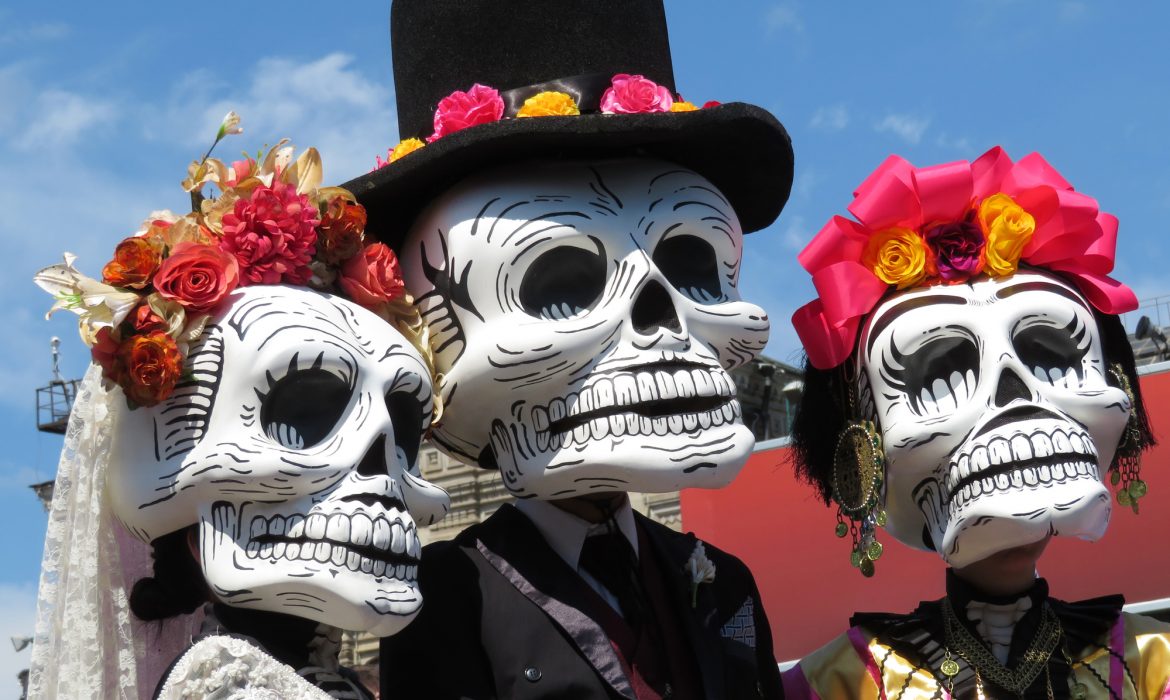The Day of the Dead, an ancient celebration rooted in Mexican culture, is a unique holiday filled with color, tradition, and love for the departed loved ones. During November 1st and 2nd, the streets, homes, and cemeteries become a canvas of expression where Mexicans pay homage to their deceased in a festive and emotional manner.
A sea of color and joy
The Day of the Dead is a tribute to both life and death, a celebration that underscores the importance of keeping the memory of those who are no longer with us physically alive. Although it may seem paradoxical, this holiday radiates joy, vibrant colors, and love.
In the days leading up to it, families and communities come together to prepare altars, known as “ofrendas.” These altars are the focal point of the celebration, adorned with marigold flowers, paper cutouts, candles, photographs, foods, and drinks that the deceased used to enjoy in life.
Altars: A bridge between the living and the dead
Altars are an essential element in the Day of the Dead celebration. Each family or community creates their own altar dedicated to a departed loved one. These altars serve as an invitation for the spirit of the deceased to return to the world of the living and share special moments with their loved ones.
On the altar, the photo of the deceased is placed as the centerpiece. It is surrounded by candles to light their way, flowers to attract them with their colors and aromas, and personal items that used to belong to the departed. Additionally, offerings such as “pan de muerto” (bread of the dead) and sugar skulls, as well as beverages like tequila or mezcal, are placed.
Visiting loved ones in the cemetery
The Day of the Dead also involves visiting cemeteries and adorning the graves of the departed with flowers, candles, and other decorative elements. It is an opportunity to remember and share anecdotes about the loved ones who are no longer with us. The atmosphere is touching and filled with love, as families gather to pay tribute and celebrate the lives of those who have passed away.
Catrinas: The iconography of the Day of the Dead
Another important part of this celebration is the presence of “Catrinas,” elegantly dressed skeletal figures that have become iconic symbols of the Day of the Dead. They represent the idea that death is egalitarian and that, in the end, we are all equal before it.
A spirit of unity and tradition
The Day of the Dead in Mexico is a unique celebration that honors the memory of the departed loved ones. It is a reminder that death should not be feared but celebrated as an integral part of life. Through altars, cemetery visits, and the presence of Catrinas, Mexicans celebrate the continuity of the spirit and the importance of keeping the memory of those who are no longer with us alive.







